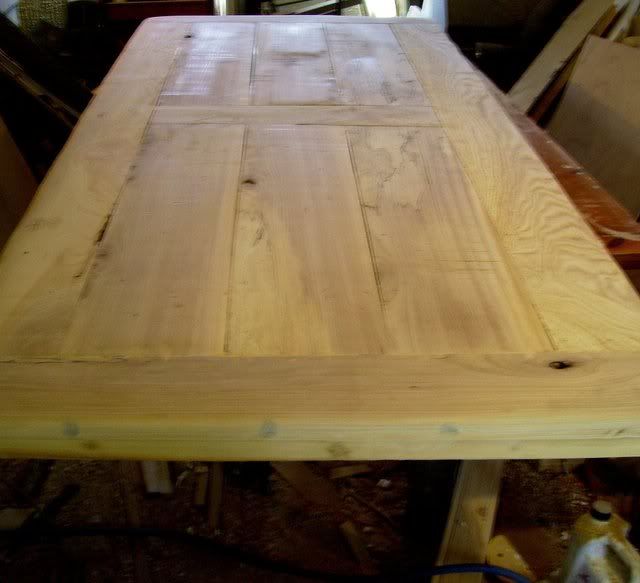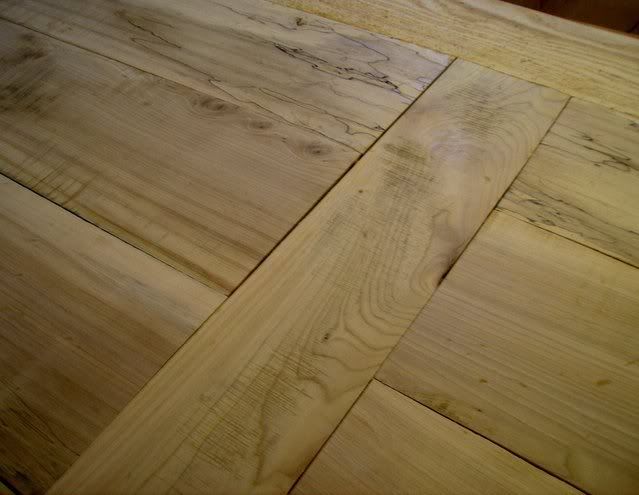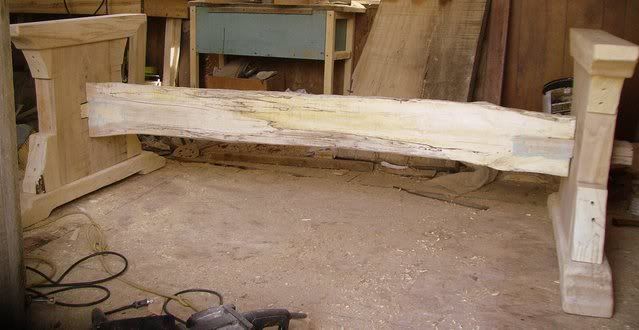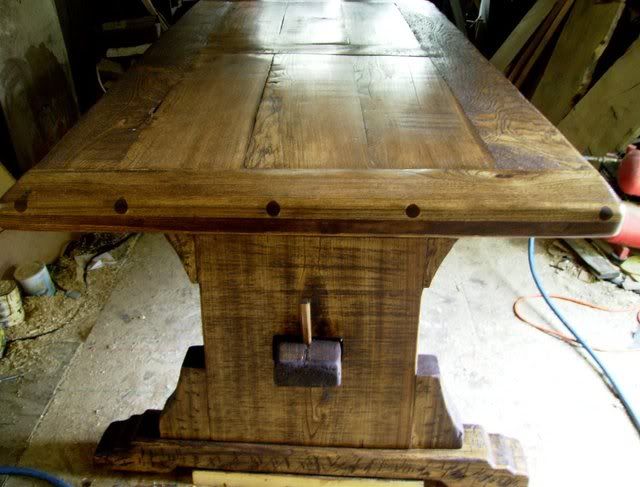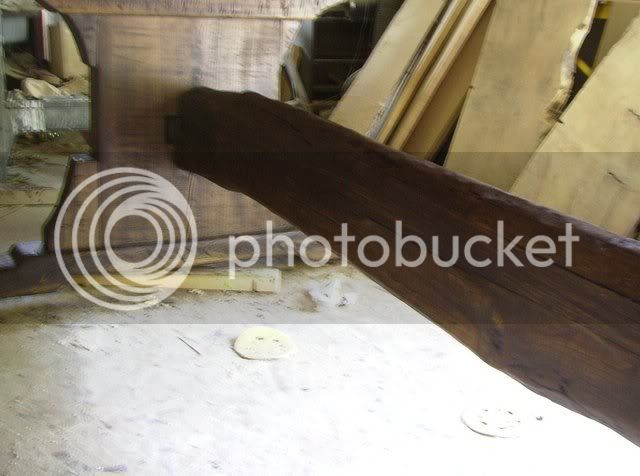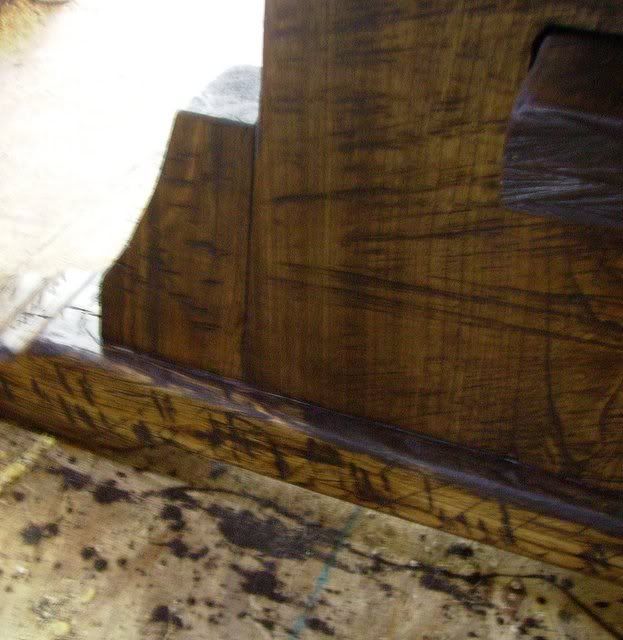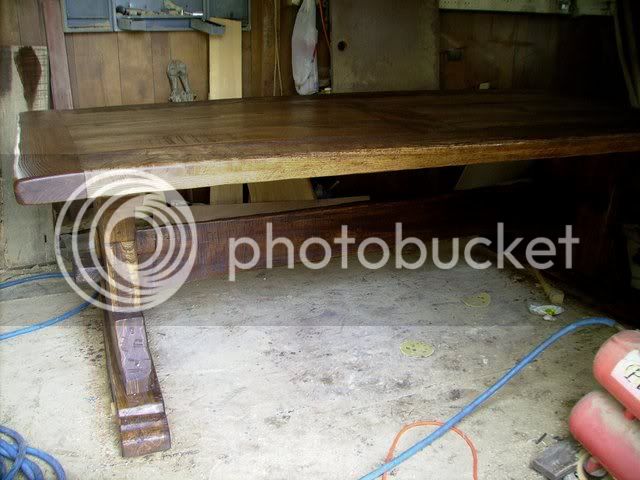Just wondering how you did the metal work? I do a lot of forge and machine work here and I would guess you might have used precision ground annealed stock and perhaps heat treated the chisels yourself??
Very nice tool kit...
Thanks Mike.
The brass items are milled/turned at work where we have an old but useful metal shop. but otherwise the remainder of the metal work is done in my home shop using basic machines and hand techniques/tools. I usually shape the metal using a combination of 4" belt sander, 5" angle grinder, 10" bench grinder, files and even a Dremel. The only metalworking machines I have at home are a 5" water cooled metal cutting disc mounted in an old 8" table saw and a 1 HP drill press. I also have a MAPP torch that I can silver solder small things with and a $99 stick welder.
I do work with precision ground gauge plate/stock - eg am in the middle of making a set of plane makers floats from some O1 tool steel, but none of the blades in this kit are made from 01.
The chisel plane blade and the marking knife point are made from old re-tempered files, cut on my water cooled saw and ground to shape on a grinder.
The chisel blades are made from low cost chinese M2 tool steel blanks. The sequence is as follows;
- The blanks are not rectangular, so the first thing I do is cut one end (cutting end) square.
- Next the tang and small curve near the tang are cut and ground.
- Then I mount the blade sideways in a steel holder than exposes just the metal at an approprite that needs to be ground away on the long sideways bevel, the bevel is then ground using a bench grinder and belt sander.
- Then I grind the primary bevel before epoxying the blade and ferrule onto the handle.
The advantage of M2 is that is can be shaped by grinding with minimal attention to temperature and loss of temper and no subsequent heat treatment is required. The M2 steel is very hard and so takes a longer to sharpen but OTOH it holds it's edge for a lot longer than carbon tool steel.
Last edited:










